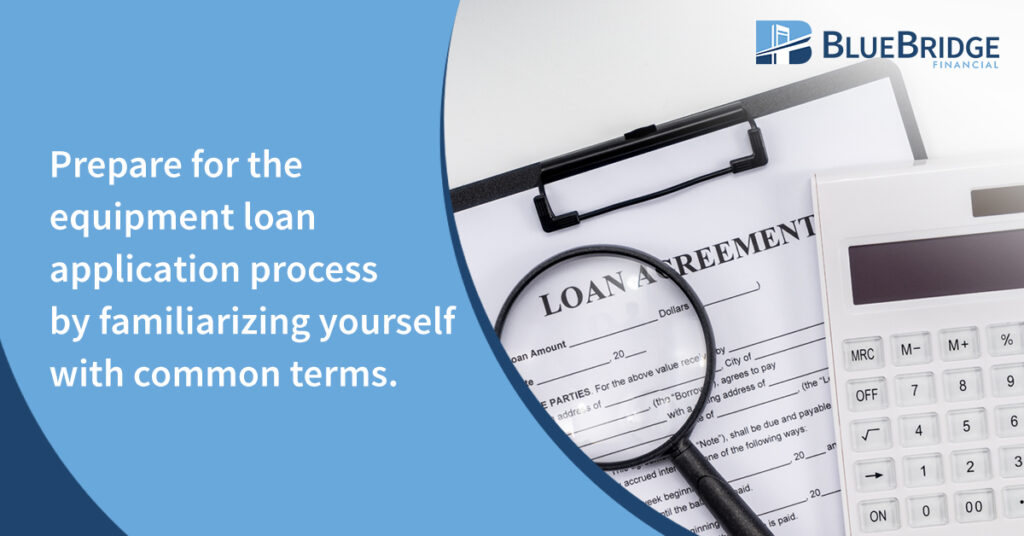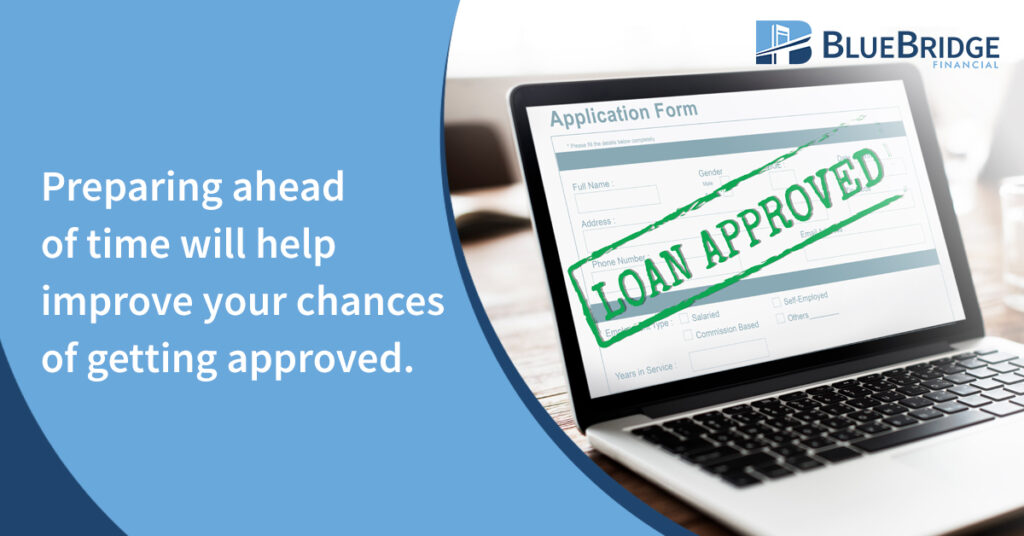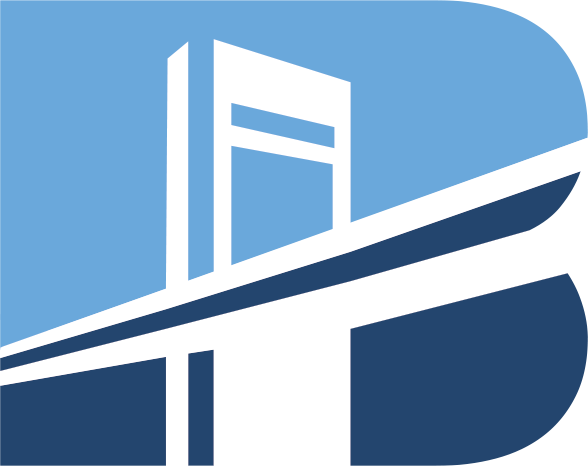Equipment Financing Basics
Get to Know Equipment Financing: What It Is and How It Works
If your company is relatively new, or you have never sought funding before, you may be wondering what equipment financing is and how it works. In this article, we’ll help you develop an equipment loan vocabulary, explain the difference between leasing and financing equipment, and show you what lenders are looking for in your application and what you should look for in a lender.

Basic Equipment Loan Terminology
Understand the common terms associated with equipment financing. This will help you prepare for the equipment loan application process.
- Equipment Financing Agreement (EFA): Treated as a purchase on the lessee’s accounting books. Equipment title is transferred to borrower at the end of the term. Also known as an Capital Lease.
- Fixed Interest Rate: Interest rate remains the same throughout the entire loan term.
- Fair Market Value Lease: Lease does not have a fixed purchase price at the end of the term. Instead, the equipment is valued at current fair-market pricing. Lessee has the option to purchase, return, or re-lease the equipment.
- Equipment Loan: Best for newer business. This is a loan to purchase equipment, with the equipment acting as collateral. Also known as asset finance.
- Amortization: Repayment of a debt over time. Includes interest and principal payments.
- Business Line of Credit: Provides working capital when needed. Even out your cash flow with this flexible credit line that works like a credit card. Borrow what you need, when you need it, repay what you borrowed, and use the credit line again.
- Variable Interest Rate: An interest rate that can adjust up or down during the loan term according to current market rates.
- Financing vs Leasing: Financing means using a loan to cover the purchase of business-related equipment. You will agree to a fixed-term, make periodic payments, and pay interest. Leasing means renting and using the equipment for a set period of time. At the end of the lease, either the equipment is returned to the owner or you buy the equipment.
- Loan-To-Value Ratio (LTV): How much of the equipment purchase price you can finance. In commercial equipment financing, this is typically 100%.

What do equipment lenders consider when processing your application?
Before you apply for equipment financing, find out what lenders are looking for on your application. Putting your business in the strongest possible position will help improve your chances of getting approved.
- Credit score: If your business doesn’t have its own established credit score, you may need to vouch for the loan with your personal credit history.
- Business income: Lenders would like to see a steady stream of income to show you will be able to pay them back
- Business assets: Lenders may consider your other business assets such as inventory and current equipment when evaluating the application.
- Time in business: The longer your business history, the more favorably lenders will view your application. It’s a bigger risk to loan to someone new.
- Collateral: Lenders may require collateral on your loan such as property or other assets to secure a loan. In the case of equipment loans, the asset being financed usually serves as collateral.
Benefits of Equipment Financing
So, why do businesses seek financing for equipment purchases? Should you just pay in cash if you can? Let’s break down the benefits of financing equipment vs. paying in cash.
- Conserve cash flow: Rather than paying in cash for your new equipment, equipment financing allows you to spread out the expense over a 24-60 month loan term. Free up your cash for other needs or save for an emergency.
- Grow your business: Equipment financing allows you to get the equipment and machinery needed to expand.
- Stay competitive: With technology always changing, you will need to keep your equipment in good condition, as well as make timely updates.
- Take advantage of tax benefits: Under Section 179 of the IRS tax code, small businesses can potentially deduct the total price of qualifying equipment financed/leased (or purchased) during a given tax year and receive a significant tax deduction for investing in equipment. Leasing equipment can also lower your taxable income and tax burden.
- Protect your personal assets: The equipment you are buying can act as the collateral for your loan, instead of using personal assets.

What to look for in a lender
There are plenty of equipment loan lenders out there, but you should take your time finding a good match. As a business owner, you’re looking at the long-term–not just the loan you need right now, but additional financing you may need in the future. You want to find a lender who not only offers attractive loan terms, but will also partner with you over the life of your business. Here’s what to look for:
- Rates: Do they offer competitive, affordable interest rates?
- Term lengths: Do you have a choice of loan terms that will help keep the monthly payment amount affordable for your business?
- Approval speed: How long does the approval process take? And how quickly will you receive funding? At Blue Bridge, we can give you a decision on your application within 4 hours. And we will get your funding to you within days.
- Customer service: Will you be able to talk to someone when you have a question? Will you be working with friendly and knowledgeable loan officers?
- Product offered: Is the product offered a good fit with what you need?
- Industries served: Do they have experience working with businesses within your specific industry?
Apply for an equipment loan from Blue Bridge Financial!
Founded in 2009, we help businesses obtain equipment financing quickly. Our simplified application and approval process can get you the funding you need within 24 hours. Learn more about the financing solutions we offer and apply for equipment financing today. Still have questions? Check out our FAQs page or contact us.
Any Questions? We'd Love to Talk:
About the Author
Nick Devernis is the Vice President of Business Development with expertise in credit analysis and equipment financing. With over 6 years in equipment financing, he offers a wealth of knowledge to readers of Blue Bridge Financial’s blog. He currently oversees the California office and leads the Sales and Marketing departments. Nick’s role as Vice President of Business Development involves management of the sales team, relationship management, and developing strategic partnerships to drive inbound and outbound originations.p> LinkedIn Profile






